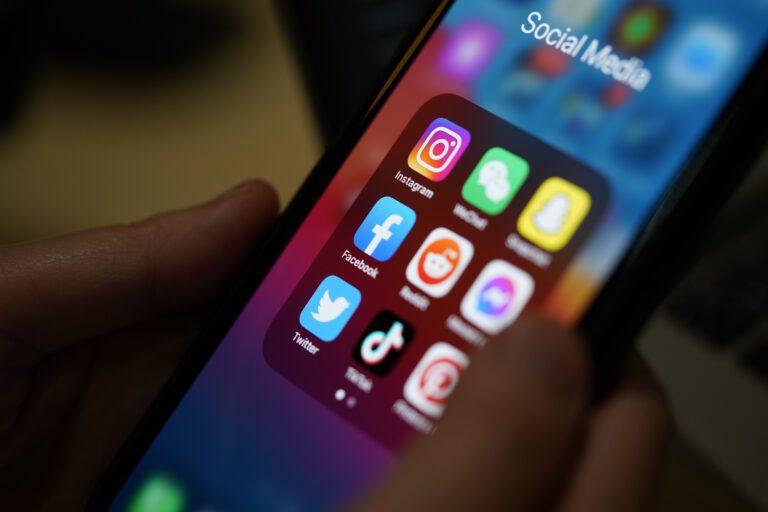
By Cheryl Hori
This cycle will be an election of both more and less. We’ll see more user-generated content and more AI usage. At the same time, I predict we’ll see fewer multi-million dollar email fundraising programs and, when it comes to outreach, less focus on the moderate white voter.
More User-Generated Content:
This cycle, all eyes are on Gen Z. As the generation that has grown up with the internet, Gen-Z is far more skeptical of our political process and far less likely to respond positively to “traditional,” overly-produced political ads. Instead, this demographic prefers authenticity over polish on digital platforms, and the candidates and campaigns that lean into user-generated content will find greater success connecting with this fast-growing audience.
While the future of Tiktok might be hanging in the balance, content that feels organic, relatable, and personal is here to stay.
More AI Usage:
Artificial intelligence in political campaign strategy isn’t new. From digital targeting to fundraising, AI has slowly become more accessible over the last few years. But with the advent of ChatGPT, image filters, and computer-generated design, we’ll likely start to see AI-authored video scripts and ad copy. Additionally, AI can be leveraged to cut neighborhoods for field teams to canvass, and script out call time talking points. This will allow campaigns with smaller budgets to do more with less manpower and soften the blow of the ongoing hiring struggle.
Our firm is personally excited to see how we can use AI to better identify minority voters. The voter file is notoriously inaccurate when it comes to identifying race and ethnicity – but with new AI tech, we’re looking forward to better models for more accurate outreach.
Fewer Successful Email Fundraising Programs:
While technology is still outpacing legislation, rules and regulations are fortunately – or unfortunately, depending on who you ask – starting to catch up with the Wild West email fundraising industry.
Additional restrictions, both from state governments and tech platforms, are being passed to protect small-donor donors from overly-aggressive and sleazy campaign tactics. Couple those restrictions with poor economic conditions, and an oversaturated industry, and we’ll see a higher barrier to entry for smaller digital fundraising operations – and a greater challenge to raise the same levels of donations as in years past.
Less Focus on the Moderate White Voter:
In past presidential elections, an outsized amount of resources were spent on swaying the moderate white voter. But if midterm spending showed us anything, it’s that both political parties are finally recognizing the massive potential of diverse voter bases.
From organizing church groups, to opening community centers that offer free food and child care, to tabling at grocery stores, Republicans already found huge success embedding themselves into the everyday lives of minority voters in battleground districts.
And on the other side of the aisle, Democrats have begun to revamp their ground game strategy around minority communities, and are allocating record budgets to minority outreach and persuasion.